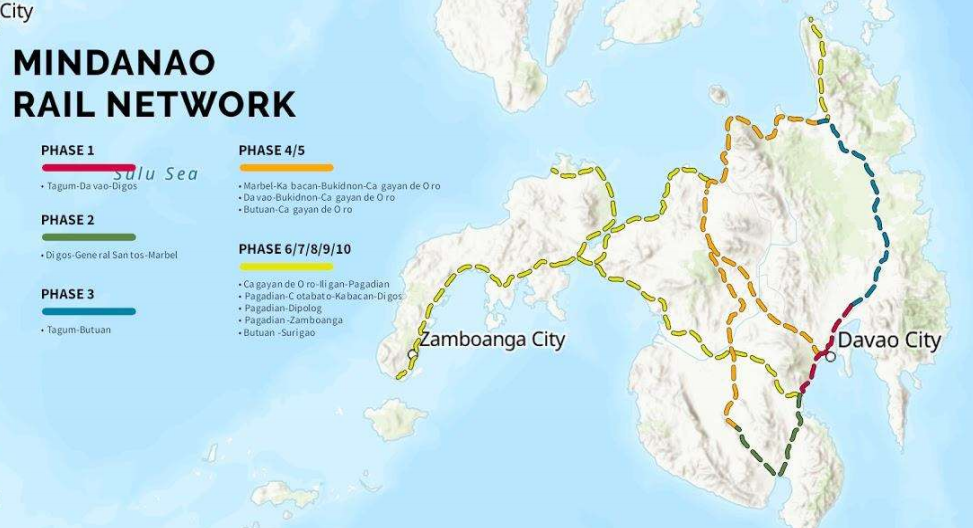THE DEPARTMENT of Transportation (DOTr) is reconsidering an overhaul for the entire Mindanao Railway Project, prioritizing “a modern and environment-friendly railway system in the southern Philippines.”
In an interview report from GMA News, DOTr Secretary Jaime Bautista said they are finalizing the feasibility study of the railway system.
“The Mindanao Railway’s original study proposed the use of diesel-powered trains, but, if we want to build a new system, we should adopt a more modern and environment-friendly technology,” Bautista said.
Bautista said the project’s consultants are now in the process of overhauling it, promising that “the study will be completed within this administration.”
In February, DOTr said the railway project would proceed despite the setbacks caused by right-of-way issues and China backing off from funding the project.
They also reported that payments for landowners affected were already released, and a total of P1.6 billion has been downloaded so far dedicated to right-of-way acquisitions.
The P81.7 billion MRP Phase 1 covers 100 kilometers and includes eight railway stations linking Tagum City to Digos City.
In February 2024, President Ferdinand Marcos Jr. gave a marching order for the transportation and finance departments to find other funders to complete the 103-kilometer railway.
During the 125th anniversary of DOTr in Davao City, Mr. Marcos said, “That is why I am ordering the secretary of transportation and the secretary of finance to work in tandem to explore financing sources.”
The President doubled down on his directive during the Distribution of Presidential Assistance to Farmers, Fisherfolk, and Families in Digos City last week. He said the Mindanao railway will be a major focus of his administration before he steps down in 2028.
Based on the blueprint, the Mindanao railway will connect Tagum and Digos cities with stations in Carmen, Panabo, Mudiang, Ma-a, Toril, and Sta. Cruz. It will reduce the travel time from 3.5 hours to 1.3 hours.



